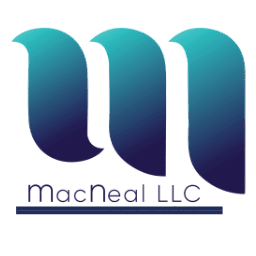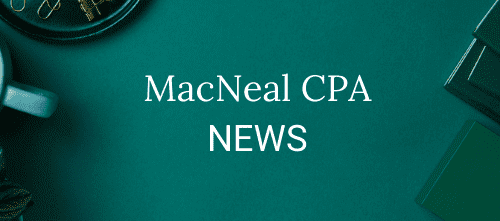Who Has to File Business Taxes?
If you own a business, you’ll need to file a tax return, even if that business isn’t profitable. But not every business files the same tax return. The type of return you file depends on your business structure.
For example, a business structured as a partnership will need to file Form 1065, an informational return, as well as Schedule K-1, which details each partner’s share of income. Each partner will then need to include the information from Schedule K-1 on their individual income tax return.
How Are Small Businesses Taxed?
Pass-through entities, which include sole proprietors, partnerships, limited liability companies (LLCs), and S corporations. These types of businesses are called pass-through entities because the profits pass through to their business owners. The businesses themselves aren’t taxed—the owners are taxed on their profits.
For example, if your business makes $120,000 in revenue and has $20,000 in expenses, your profit will be$100,000. You’ll pay state and federal income taxes on that profit.
But those aren’t the only taxes you’ll have to pay. You’ll also be required to pay self-employment taxes.
What Is Self-Employment Tax?
As an employee, you pay half of the Social Security and Medicare taxes due, and your employer pays the other half.
Now that you’re self-employed, you’ll be on the hook for the entire tax. This tax is 15.3% of your taxable self-employment income.
What Type of Tax Returns Do I Need to File?
Sole proprietors and members of single-member LLCs report business income and expenses on a Schedule C attached to their individual return, Form 1040.
Partnerships, multi-member LLCs, and S corporations file their own returns on Form 1120S or Form 1065 and income and deductions are passed-through to the owners on a Schedule K-1. Business income reported on theK-1 is then used to complete the owner’s individual tax return and appears on Page 2 of Schedule E.
One thing to keep in mind if your business needs to file a separate return is due dates.
If you are in a partnership or multi-member LLC and need to file Form 1065, or if you set up your business as an S corporation and need to file Form 1120S, the due date of your business return will be March 15.
CHOOSE YOUR ACCOUNTING METHOD: CASH VS. ACCRUAL
The IRS wants to know what accounting method you use to keep your books and records in order. The simplest option—and what most business owners choose—is the cash method. That means money gets recorded as you receive and pay it.
REVIEW WHICH EXPENSES YOUCAN ‘WRITE-OFF’
As a savvy business owner, you know that you can reduce your taxable income by taking allowable deductions for some of your business expenses. Before you do your bookkeeping or taxes, it’s a good idea to review the business expenses that qualify. These are some of the most common allowable expenses you’ll see:
1. Training costs: If you require additional training and education to support your business, those direct costs can be deducted from your taxable income.
2. Travel expenses: Your travel costs can be deducted from your taxable income.
3. Meal expenses: These expenses are a little trickier. Meals that are related to your business and have a valid business purpose are deductible expenses. But most of these meals are only 50% deductible, meaning you can only take a deduction for 50% of the total cost.
4. Vehicle expenses: There are two ways to claim vehicle expenses. The first is by taking the miles that you drove for your business and multiplying it by a rate set by the IRS. The second is by keeping track of actual vehicle expenses paid.
5. Home office expenses: There are also two ways to claim home office expenses. The simplified method allows you to take a standard deduction of $5 per square foot for up to 300 square feet. The more complex method requires you to keep track of actual expenses and allocate them based on what percentage of your home your office occupies.
KEEP TRACK OF ESTIMATED QUARTERLY TAXES
When you freelance, it’s up to you to estimate and pay taxes quarterly. If you wait until the end of the year(and hope for the best), you could end up owing a bunch of money, plus interest and penalties.
When you make estimated quarterly tax payments throughout the year, you aren’t stuck paying a hefty tax bill all at once when you file your taxes. But you’ll need to keep track of how much you paid in estimated taxes throughout the year and be sure to include the amount of taxes already paid on your tax return.
SEND 1099-NECS TO ANY NON-EMPLOYEES YOU PAID
Did you outsource the design of your website, hire a virtual assistant, or pay anyone $600 or more for services in the past year? If so, you may need to issue a 1099-NEC (formerly this was reported on the 1099-MISC).
The deadline to file Form1099-NEC is January 31. Whatever you do, don’t ignore this filing obligation or you could be facing penalties of $250 per return. Since the penalties apply to both the copy filed with the IRS and the copy filed with the payee, you could end up paying $500 for every 1099 you fail to issue.

